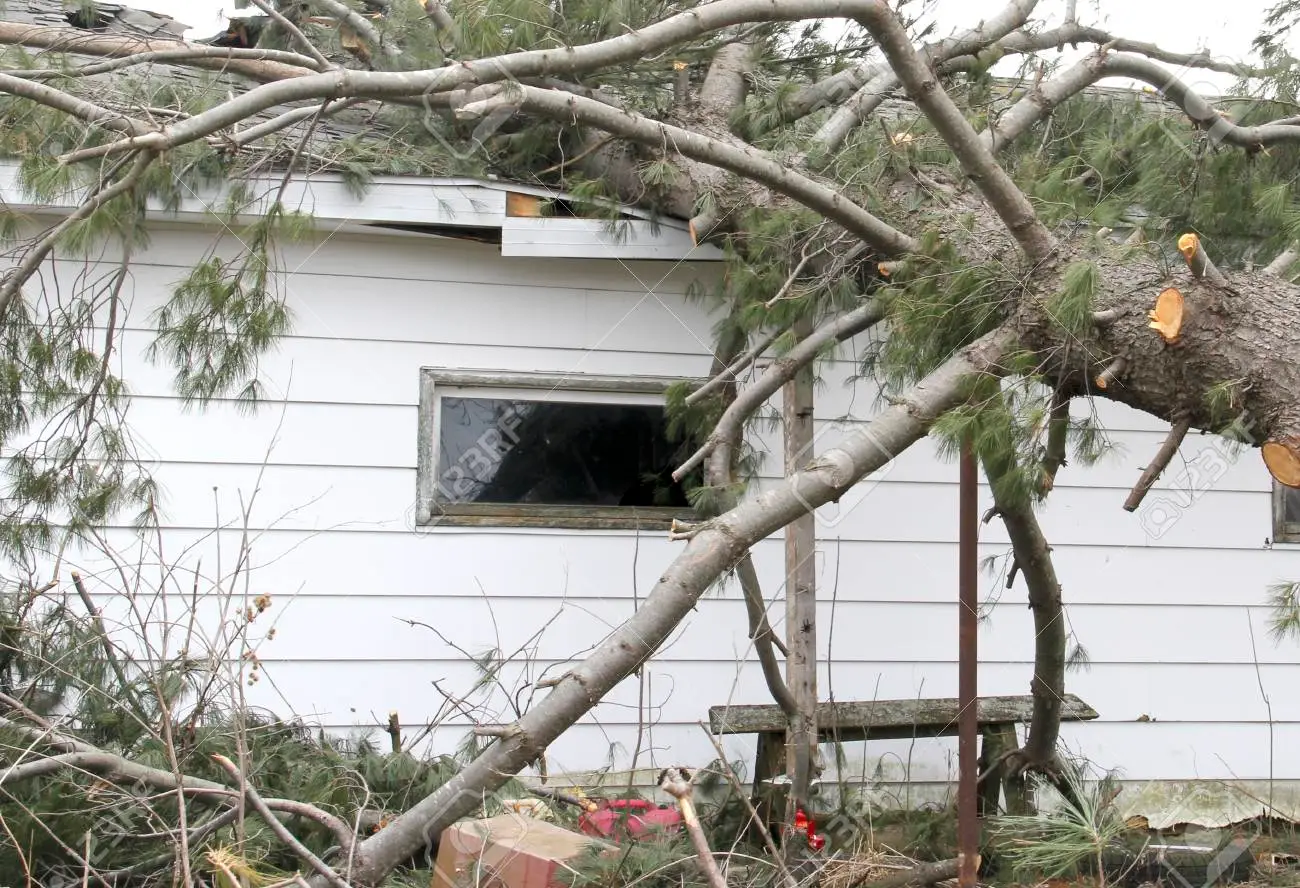Can we claim tree damage to our property? 8 tips for claiming fallen tree damage to home. The heavy storm stroke the Selangor in December 2021, causing many trees to tumble on houses and cars. The owner of such property was at sixes and seven, not knowing what to do next. While some may choose […]
